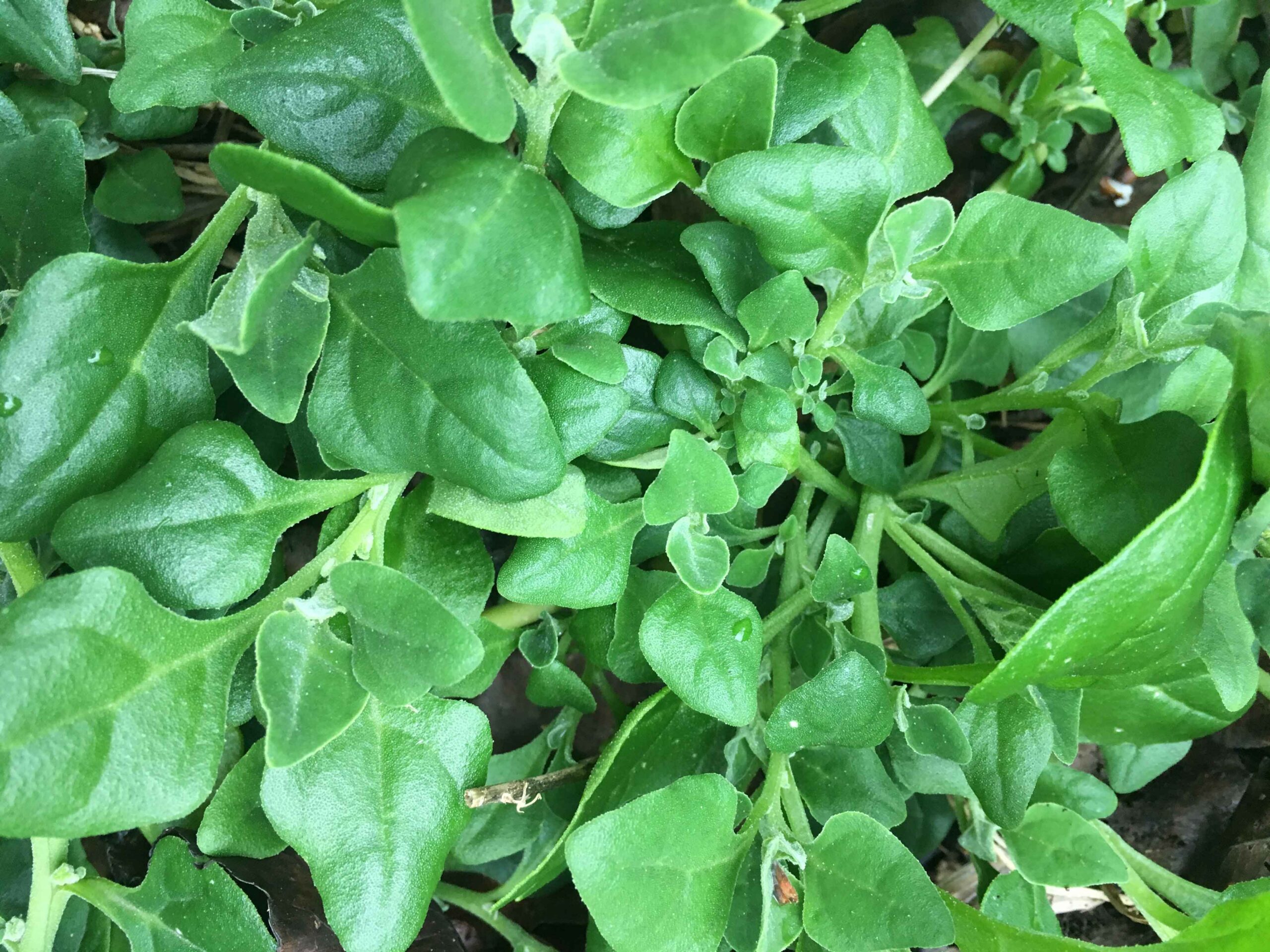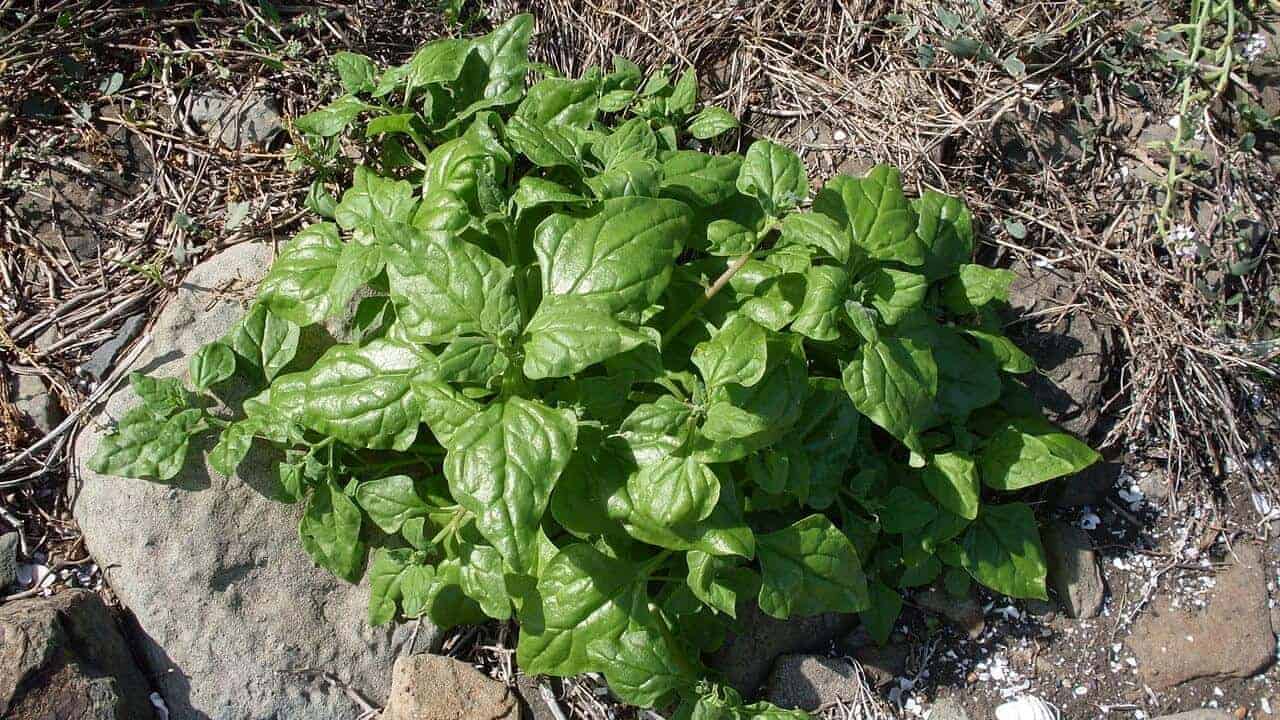
Warrigal Greens Toxicity Raw: Navigating the Risks and Rewards of a Native Delicacy
Warrigal greens, also known as Tetragonia tetragonioides, are a fascinating native Australian plant that has garnered increasing attention in culinary circles. Their unique, slightly salty, and earthy flavour profile offers a distinctive taste of the Australian landscape. However, like many wild edibles, the consumption of warrigal greens, particularly in their raw state, is not without its considerations. This article delves into the topic of warrigal greens toxicity raw, exploring the compounds responsible, the potential risks, and how to safely incorporate this native delicacy into your diet.
The Science Behind the Caution: Oxalates in Warrigal Greens
The primary concern regarding the raw consumption of warrigal greens lies in their significant oxalate content. Oxalates are naturally occurring compounds found in a wide variety of plants, including many common vegetables like spinach, rhubarb, and Swiss chard. In the context of warrigal greens, these oxalates exist in relatively high concentrations.

What are Oxalates?
Oxalic acid is an organic acid that, when ingested, can bind with minerals in the digestive tract, most notably calcium. This binding forms insoluble calcium oxalate crystals. While the body can excrete a certain amount of oxalate, excessive intake can lead to several issues.
Potential Health Risks Associated with High Oxalate Intake:
- Kidney Stones: The most well-documented risk of consuming high-oxalate foods is the formation of kidney stones. When calcium oxalate crystals accumulate in the kidneys, they can form painful stones that can obstruct urine flow and cause significant discomfort and potential damage. Individuals with a history of kidney stones or those prone to their formation are particularly advised to exercise caution.
- Mineral Deficiencies: As oxalates bind with minerals, they can interfere with the body’s absorption of essential nutrients, particularly calcium. Over time, a diet consistently high in oxalates without adequate mineral intake could potentially contribute to mineral deficiencies.
- Gastrointestinal Discomfort: For some individuals, particularly those sensitive to oxalates, consuming raw warrigal greens can lead to mild gastrointestinal upset, such as stomach cramps or bloating.

Why Raw Consumption is the Primary Concern:
The key to understanding the raw toxicity lies in the solubility and bioavailability of oxalates. In their raw state, oxalates are more readily available for absorption and interaction within the body. However, the good news is that cooking significantly reduces the oxalate content of warrigal greens.
The Cooking Solution: Reducing Oxalate Levels
Fortunately, the oxalates in warrigal greens are water-soluble. This means that through proper cooking methods, their levels can be substantially reduced, making them safe and enjoyable to consume.
Effective Cooking Methods:
- Blanching: A quick dip in boiling water followed by an ice bath is an effective way to leach out a significant portion of the oxalates. Discarding the blanching water is crucial.
- Boiling: Boiling warrigal greens for a longer period, again discarding the cooking water, is another highly effective method for reducing oxalate levels.
- Steaming: While steaming is generally a healthier cooking method, it is less effective at leaching out oxalates compared to boiling or blanching. However, prolonged steaming can still reduce oxalate levels.
The Importance of Discarding Cooking Water:
It cannot be stressed enough: always discard the water used to cook warrigal greens. This water will contain the leached-out oxalates, and consuming it would negate the benefits of cooking.
Who Should Be Cautious?
While moderate consumption of cooked warrigal greens is generally safe for most people, certain individuals should exercise extra caution or consult with a healthcare professional:
- Individuals with a history of kidney stones: If you are prone to forming kidney stones, particularly calcium oxalate stones, it is advisable to limit or avoid warrigal greens, or to consume them only after thorough cooking and in moderation.
- Individuals with kidney disease: Those with compromised kidney function may have difficulty processing and excreting oxalates efficiently.
- Individuals with certain digestive conditions: Some people with irritable bowel syndrome (IBS) or other digestive sensitivities might find high-oxalate foods challenging.
The Culinary Appeal: Beyond the Caution
Despite the oxalate concerns, the culinary appeal of warrigal greens is undeniable. Their unique flavour profile makes them a versatile ingredient for those seeking to explore native Australian cuisine.
Flavour Profile:
Warrigal greens have a distinct taste that is often described as:
- Slightly salty: This characteristic makes them a good substitute for spinach or silverbeet in recipes where a touch of saltiness is desired.
- Earthy: They possess a grounding, robust flavour that complements a variety of dishes.
- Slightly bitter: This bitterness, when cooked, can add complexity and balance to a dish.
Culinary Uses:
Once properly cooked, warrigal greens can be used in a multitude of ways:
- As a side dish: Simply sautéed with garlic and olive oil, or blanched and tossed with a vinaigrette.
- In stir-fries: Their robust texture holds up well in quick, high-heat cooking.
- In pasta dishes and risottos: Adding a nutritious and flavourful green element.
- In quiches and frittatas: A classic way to incorporate leafy greens into egg dishes.
- As a filling for pies and pastries: Their earthy flavour pairs well with cheese and other savory fillings.
Harvesting and Sourcing Warrigal Greens Safely
If you are considering foraging for warrigal greens, it is crucial to do so responsibly and with proper identification.
- Identification: Ensure you can positively identify warrigal greens. Misidentification of wild plants can lead to consuming toxic species.
- Location: Harvest from areas free from pesticides, herbicides, and animal waste. Coastal regions are common habitats.
- Sustainability: Take only what you need and leave plenty for the plant to regenerate.
Alternatively, for those who prefer a more controlled approach, warrigal greens are becoming increasingly available in specialty grocers and farmers’ markets in Australia.
Conclusion: Enjoying Warrigal Greens Responsibly
Warrigal greens offer a unique taste of Australia, but like many foraged or native ingredients, they require a mindful approach. The primary concern regarding raw consumption stems from their high oxalate content, which can pose risks, particularly for individuals prone to kidney stones. However, the good news is that these risks are significantly mitigated through proper cooking methods like blanching and boiling, where the cooking water is discarded.
By understanding the science behind the caution and embracing the effective cooking techniques, you can safely enjoy the distinctive flavour and nutritional benefits of warrigal greens. Whether you’re an adventurous cook looking to explore native Australian ingredients or simply seeking a new culinary experience, warrigal greens, when prepared correctly, are a rewarding addition to your kitchen repertoire. Always prioritize safety, practice responsible harvesting, and enjoy the journey of discovering this native delicacy.
Warrigal Greens Recipe Collection: Safely Enjoying Native Flavors
These recipes focus on properly preparing warrigal greens to reduce oxalate levels, making them safe and delicious. Remember to always discard the cooking water after blanching or boiling.
Recipe 1: Simple Sautéed Warrigal Greens
A quick and easy way to enjoy the earthy flavour of warrigal greens.
Yields: 2-3 servings
Prep time: 5 minutes
Cook time: 10-15 minutes
Ingredients:
- 250g fresh warrigal greens, tough stems removed
- 1 tablespoon olive oil
- 2 cloves garlic, thinly sliced
- Pinch of red pepper flakes (optional)
- Salt and freshly ground black pepper to taste
- Lemon wedges, for serving (optional)
Instructions:
- Prepare the Warrigal Greens: Wash the warrigal greens thoroughly. Bring a pot of water to a rolling boil. Blanch the greens for 1-2 minutes until wilted. Immediately transfer them to a bowl of ice water to stop the cooking process. Drain well and squeeze out as much excess water as possible.
- Sauté the Aromatics: Heat the olive oil in a large skillet or pan over medium heat. Add the sliced garlic and red pepper flakes (if using). Sauté for about 1 minute until the garlic is fragrant and lightly golden, being careful not to burn it.
- Cook the Greens: Add the blanched and squeezed warrigal greens to the skillet. Toss to coat them with the garlic and oil. Cook for 3-5 minutes, stirring occasionally, until the greens are tender and heated through.
- Season: Season generously with salt and freshly ground black pepper.
- Serve: Serve immediately as a side dish. A squeeze of fresh lemon juice can brighten the flavour.
Recipe 2: Warrigal Greens and Feta Tart
A savory tart showcasing the unique flavour of warrigal greens.
Yields: 6-8 servings
Prep time: 20 minutes
Cook time: 40-50 minutes
Ingredients:
- 1 sheet (about 250g) ready-made puff pastry or shortcrust pastry
- 250g fresh warrigal greens
- 1 tablespoon olive oil
- 1 small onion, finely chopped
- 2 cloves garlic, minced
- 3 large eggs
- 150ml heavy cream or milk
- 100g feta cheese, crumbled
- Salt and freshly ground black pepper to taste
- Pinch of nutmeg
Instructions:
- Prepare the Warrigal Greens: Wash the warrigal greens thoroughly. Bring a pot of water to a rolling boil. Blanch the greens for 2-3 minutes until wilted. Drain well, squeeze out excess water, and roughly chop.
- Preheat Oven and Prepare Pastry: Preheat your oven to 180°C (160°C fan/350°F/Gas Mark 4). Line a 23cm (9-inch) tart tin with the pastry. Prick the base with a fork and blind bake for 10-15 minutes until lightly golden.
- Sauté Onion and Garlic: While the pastry blind bakes, heat the olive oil in a skillet over medium heat. Add the chopped onion and sauté until softened, about 5 minutes. Add the minced garlic and cook for another minute until fragrant.
- Make the Filling: In a bowl, whisk together the eggs and cream (or milk). Stir in the sautéed onion and garlic, chopped warrigal greens, crumbled feta cheese, salt, pepper, and nutmeg.
- Assemble and Bake: Pour the filling into the pre-baked tart shell.
- Bake: Bake for 30-35 minutes, or until the filling is set and golden brown.
- Serve: Let the tart cool slightly before slicing and serving warm or at room temperature.
Recipe 3: Warrigal Greens Pesto
A unique twist on traditional pesto, using the distinct flavour of warrigal greens.
Yields: About 1 cup
Prep time: 10 minutes
Cook time: 5 minutes (for blanching)
Ingredients:
- 200g fresh warrigal greens
- 50g toasted pine nuts (or walnuts)
- 50g grated Parmesan cheese
- 1-2 cloves garlic
- 100-150ml extra virgin olive oil
- Salt and freshly ground black pepper to taste
- Juice of 1/2 lemon (optional, to balance flavour)
Instructions:
- Prepare the Warrigal Greens: Wash the warrigal greens thoroughly. Bring a pot of water to a rolling boil. Blanch the greens for 1 minute. Immediately transfer them to a bowl of ice water to stop the cooking process. Drain well and squeeze out as much excess water as possible.
- Combine Ingredients: In a food processor, combine the blanched and squeezed warrigal greens, toasted pine nuts, grated Parmesan cheese, and garlic.
- Process and Add Olive Oil: Pulse the ingredients until roughly chopped. With the food processor running, slowly drizzle in the extra virgin olive oil until the pesto reaches your desired consistency. You may not need all the oil.
- Season: Season with salt and freshly ground black pepper to taste. Add the lemon juice if desired for a brighter flavour.
- Serve: Use the pesto immediately on pasta, as a spread on bread, or mixed into dips. Store any leftover pesto in an airtight container in the refrigerator, topped with a thin layer of olive oil to prevent browning.
Enjoy your culinary adventures with warrigal greens!

